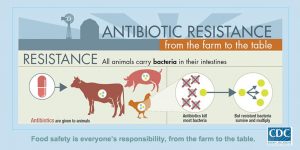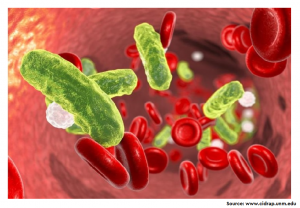Antibiotic resistance has evolved to become a global health challenge with increasing ability of the bacterial species to tolerate antibiotics. Despite presence of several barriers to the flow of genes, the bacteria continuously acquire antibiotic resistance factors from other species. The transmission of antibiotic resistance gene are known to occur among animals, humans and the environment. Treatment of infections with antibiotics has led to selection pressure and evolution of bacteria in different environments, which also promoted horizontal transfer and mobilisation of genes related to antibiotic resistance.
This review highlighted the contribution of environment in antibiotic resistance evolution and transmission routes of resistant bacteria circulating in human. Route for antibiotic entry into the environment is through excretions from humans and animals, direct contamination of environment by aquaculture and plant production, improper handling or disposal of drugs and through waste streams from antibiotic production. The author highlights current scenario, risks associated with resistance and methods for assessment and surveillance. Additionally, the need for measures to control resistance selection and consideration of risks for selection before wastewater discharge is important factor to be studied.
To know more about the trend, please visit the website of Nature (Link).







